Workshop? Talkshop
/Day 4 of the SEG Annual Meeting. I attended the workshop entitled Geophysical data interpretation for unconventional reservoirs. It was really about the state of the art of seismic technologies for shale gas exploration and exploitation, but an emergent theme was the treatment of the earth as an engineering material, as opposed to an acoustic or elastic medium.
Harvey Goodman from Chevron started the workshop by asking the packed room, "are there any engineers in the room?" Hilariously, a single lonesome hand was raised. "Well," he said "this talk is for you." Perhaps this wasn't the venue for it; so much for spreading cross-disciplinary love and the geophysical technical vernacular.
Mark Zoback from Stanford presented decades worth of laboratory measurements on the elastic/plastic properties of shales. Specifically the concentrations of illite and TOC on mechanical stiffness and creep. When it came to questions, he provided the most compentent and cogent responses of the day: every one was gold. Your go-to guy for shale geomechanics.
Marita Gading of Statoil presented some facinating technology called Source Rock from Seismic (we mentioned this on Monday)—a way to estimate total organic carbon from seismic for basin modeling and play evaluation. She listed the factors controling acoustic properties of shales as
- organic content;
- compaction or porosity;
- lithotype and mineral composition;
- seismic to microscale anisotropy.
She showed an empirically derived acoustic impedance transform coupled with more interpretive methods, and the results are compelling. It's not clear how well this might work in ancient shales onshore, but it has apparently worked for Statoil in younger, offshore basins.
Galen Treadgold from Global Geophysical gave a visually stunning presentation showing the value of expansive data sets in the Eagle Ford shale. He showed 1000 km2 of 3D seismic that had been stitched together, highlighting the need to look at a regional picture. Patchwork data fails to give the same clarity of variation in mechanical stratigraphy.
The session shifted to the state of microseismic technology and 'getting beyond the dots'. Speakers from rival companies MicroSeismic, ESG Solutions, and Pinnacle described how microseismic waveforms are now being used to resolve moment tensors. These provide not only the location and magnitude but also the failure characteristic of every single event. While limited by uncertainty, they may be the way to get the industry beyond the prevailing bi-wing paradigm.
The session was a nice blend of disciplines, with ample time for question and answer. I struggle though to call it a workshop, it felt like a continuation of the huge number of talks that have been going on in the same room all week. Have you ever been to a stellar workshop? What made it great?



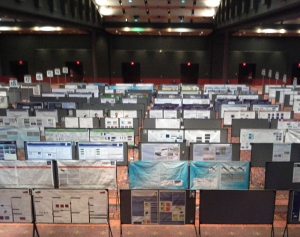

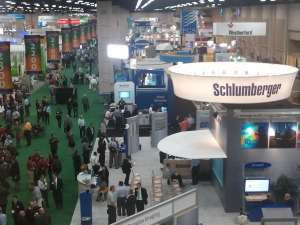
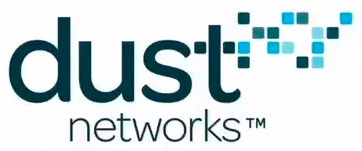
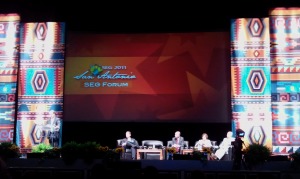

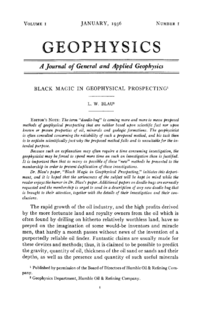
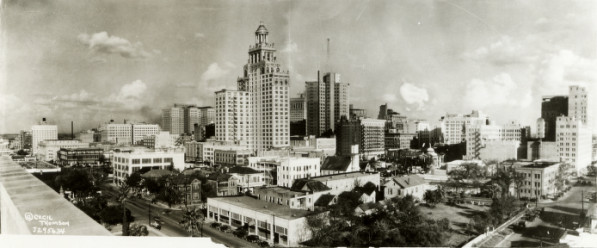
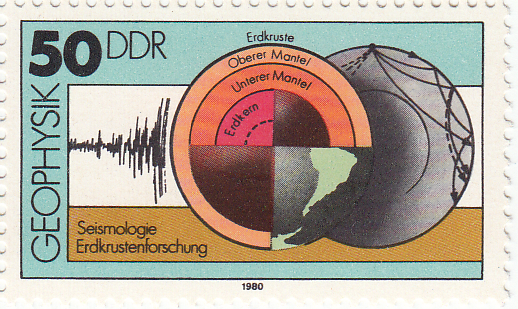
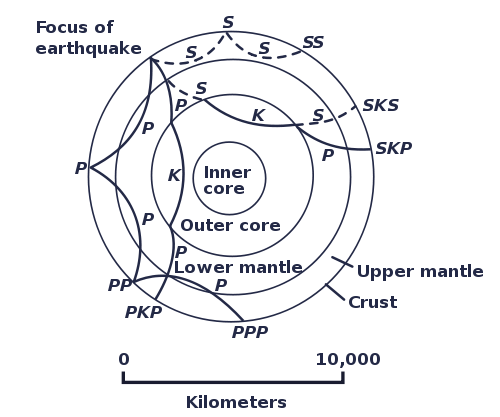
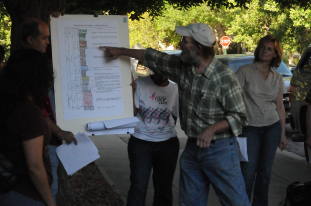






 Except where noted, this content is licensed
Except where noted, this content is licensed